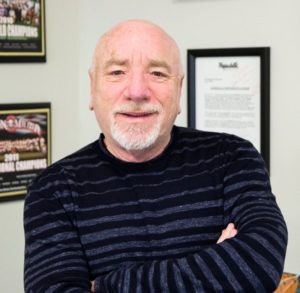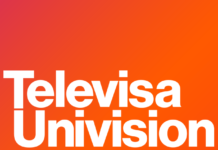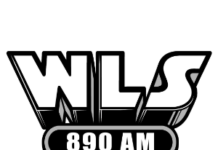
(By Bruce Mittman) Over the past couple of months, the AM band’s home in the automobile has been debated. Should the manufacturer be required to perpetuate its continued existence? Most consumers and radio operators, myself included, believe that it is indeed worth saving.
The AM band doesn’t just provide important religious, sports, news, talk, and racially diverse programming, it also is a linchpin to our national defense and an essential part of the community safety framework. This is why the hand of government has recently weighed in with a recommendation to mandate AM in all autos.
However, I would like to personally weigh into the conversation with an alternative approach to the debate. I believe strongly that for AM to remain viable in the future and for manufacturers to be willing to include it in all of their future vehicles the technology has to be appropriately updated for today’s and tomorrow’s consumption. Simply stated, we need to FIX the AM band.
The only way that can happen? Convert all AM signals into pure digital signals. This would greatly enhance both the user experience and general perception and would help elevate AM to contemporary technology. This week an Alabama station announced it would be the third AM in America to go all-digital; clearly there is a public and industry interest into the matter.
That said, I’m sure my stance leaves you asking, “How are we going to afford such an upgrade as operators?” Given the ridiculous cost to convert each station, a radio repack by the FCC could be a solution. If the FCC and its engineers evaluate this option, they may find additional uses for the analog signal while potentially providing operators with a financial incentive to convert each station.
I believe this is the only real and sustainable strategy and I think a discussion around this option needs to happen. I admit I am not an engineer, but I believe that this might well be plausible. I love the AM band. Some of our nation’s most iconic stations are on the AM band and it should not just fade away. Let’s think harder outside of the box. Let’s save AM radio!
Bruce Mittman is CEO of Community Broadcasters. Bruce, with his partner Jim Leven own and operate 34 signals in 5 markets. In addition, Bruce is also President/CEO of Mittcom, recognized by the BBJ as one of Boston’s 25 largest full service advertising agencies.






I mostly agree. The digital format must be open and not proprietary (read Ibiquity). The FCC must be fully committed to it like with a 5 year transition period and new AM radios must be compatible with the new digital format within 2 years. Without leadership from the FCC and input from broadcasters and the public nothing will happen. Personally, I don’t think the FCC has the backbone to do it.
There are so FEW “digital” AM receivers available, but BILLIONS of analog AM receivers still available, still working, and still in use. A station that goes “all digital” instantly loses probably 95% of their established audience. “Click.” They will also be transmitting high-power, 100% duty cycle, “white noise” that most definitely WILL be causing destructive interference to many co-channel stations at night. That solution is far from “ideal”. Moving to an expanded FM band would be much less destructive to the existing AM band than switching on powerful noise signals, but also has the “where are the receivers” issue. Enforcing Part 15 Rules on RF noise-making devices would be the best step.
Hey Bruce,
While I like the better audio quality offered by AM digital, you do know that AM band noise will also destroy digital reception, right? Unlike being able to listen through the static on analog AM you will experience dropouts similar to FMHD if not complete silence for long intervals. For vital information listening this is not a good feature. And it won’t solve the vehicle electrical system self-noise issues. The most important non-programming step in saving the AM band is to clean up the noise, reduce the noise floor.
Instead of “repack” to make room for digital carriers I suggest setting up lighthouses the same way TV has done for migration to ATSC-3. Install super AM digital transmitters with sufficient digital carrier power to compensation for the present noise floor with sufficient digital bandwidth to accommodate multiple licensee streams. Yes, it would require new firmware in the DSP engines of the FM/AM/HD/Satellite/cellular receivers.